In another life, I would have been a linguist. I’ve always been fascinated by the reciprocal way that the words we choose to use shape our world, and in turn, our world shapes the words we choose to use. Language is ever evolving and can be a beautiful source of connection. However, when it comes to medical terminology, language is often a source of confusion and miscommunication.
When a family receives a new diagnosis of Autism for their child, they often tell me that it feels like there is so much to learn. The tricky thing is when it comes to learning relevant terminology – the terms keep changing! Why is this? In part, it is because linguistics tells us that this is just what language does – people are always coming up with new words to more precisely capture what they want to communicate. Still, on a more intentional level I like to think it is because the field is always trying to do better in increasing the precision, respect and utility with which we talk about our fellow humans. While changing terminology in the field of Autism is both natural and well-intentioned, it can be incredibly overwhelming for families who are trying to keep up with the terminology as well as using it to explain their needs. Below are a few common terms, that I use when I explain Autism to individuals and families and some other terms that we’ve moved away from as a field, but you’ll certainly still come across!
The term: Autism
Autism is an identity and developmental disability. It is characterized by differences in how an individual engages in reciprocal social interactions, engages in nonverbal communication and forms friendships. Autistic people also have restricted and repetitive patterns of behavior (e.g., sensory differences, repetitive movement, need for routine, passionate interests). In simpler terms, Autistic people are different than non-Autistic people in how they go back-and-forth in conversation. They also differ in how they use face and body language, and how they make friends. They also have a higher need for repetition and sameness to feel safe and comfortable.
The history (what people used before):
Autism, Asperger’s and Pervasive Developmental Disability: Not Otherwise Specified (PDD: NOS): Currently the word “Autism” is used to describe everyone who fits the description above. However, several years ago the field categorized Autistic people into three groups. Autism was used mostly to mean someone non-speaking with very high support needs. Asperger’s was used mostly to mean highly verbal folks, typically thought of as very intelligent and with notable areas of passionate interest but who struggle in social situations. PDD: NOS were folks who still seemed to be Autistic but didn’t fall in either of the other categories.
Eventually, the field came to realize that it wasn’t making sense to continue to try and sort people into these categories. For example, what about someone who is non-speaking but lives independently- do they have Autism or Asperger’s? What about someone who is highly verbal but has a lot of needs in their daily living skills? Eventually, it became clear that the categories were too ill-defined and were leading professionals to make mistakes about what kind of support people in different categories would need so they were all collapsed into “Autism.”
The term: “Support needs are…”
This is the term I encourage families to use when talking about their child’s specific presentation of Autism. Using this term might look something like this: “This is Javier, he is Autistic, and his support needs include a one-on-one aide at recess to prevent running away as well as extended time on tests and quizzes because of how his Autism impacts his ability to process language.” Or “I’m Nadia, I’m Autistic and my support needs include having a designated quiet area for me to go to in the workplace, as well as the ability to work from home for part of the week.”
The history:
“High Functioning” and “Low Functioning”: Before it became best practice to describe specific support needs, providers tried to help people describe themselves or their children by categorizing them as “high functioning” or “low functioning.” Similar problems arose as with breaking the term “Autism” into different categories. There are so many different domains people function in that it’s virtually impossible to be high-functioning or low-functioning in all of them! For example, would we call someone who does their own grocery shopping and communicates in full sentences with an alternative-augmented communication device high or low functioning? What about someone who is a respected expert in their academic field, but can’t do their own laundry, cooking or other basic self-care? Ultimately, while the desire to categorize for simplicity is a very normal human impulse, it’s the most efficient and least confusing to describe your child or yourself as an individual.
“Level 1, 2 and 3 Autism”: While these are still terms that are technically used by many in the medical field, the field seems to be moving away from them. This is another way that the field tried to categorize support needs (how much help an Autistic person needs). “Level 3” means the person has intensive support needs, or needs help with most aspects of daily life, “Level 1” means very minimal support needs and “Level 2” means somewhere in the middle. These categories overall seem to create the same problems and confusion as terms like “Asperger’s” and “High/Low Functioning” and it seems to be best to just state what a person needs as an individual.
The term: Neurodiversity/Neurodivergent/Neurodivergence
Neurodiversity is a term for the idea that just like we as humans have differences or diversity of race, culture, religion etc. we also experience differences and diversity in how our brains work and experience the world. Just like no one culture is better than another, no one way of thinking or way of how a brain works is inherently better either. However, using culture as an example, if you are American and used to that culture, you might find it difficult to navigate your world if you were suddenly dropped into the middle of Japan with no information on how Japanese culture is different from your own. Typically, when we say someone is neurodivergent it means that they have a brain difference that can make it difficult to navigate their world as the majority of people around them have brains that work differently than their own. Forms of neurodivergence (having a neurodivergent brain) include Autism, ADHD and Dyslexia as well as many other brain differences!
It’s worth mentioning that this is list is only current as of October 2024 and is far from comprehensive! It’s possible that a year from now (or even less) this will no longer be the most up to date information. Part of my goal in this article is to reassure you that at CASD, we are never here to judge you for not getting terminology perfect, and we hope you feel like you can ask your provider any questions you have!
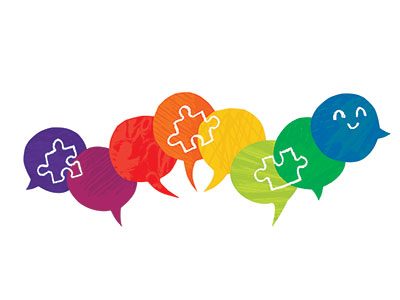 https://riseandshine.childrensnational.org/wp-content/uploads/2025/10/autism-image-feature.jpg
300
400
Rise and Shine
https://riseandshine.childrensnational.org/wp-content/uploads/2017/11/childrens_riseandshine_logo.jpg
Rise and Shine2025-10-28 15:41:562025-10-28 15:44:24Understanding autism beyond the headlines
https://riseandshine.childrensnational.org/wp-content/uploads/2025/10/autism-image-feature.jpg
300
400
Rise and Shine
https://riseandshine.childrensnational.org/wp-content/uploads/2017/11/childrens_riseandshine_logo.jpg
Rise and Shine2025-10-28 15:41:562025-10-28 15:44:24Understanding autism beyond the headlines




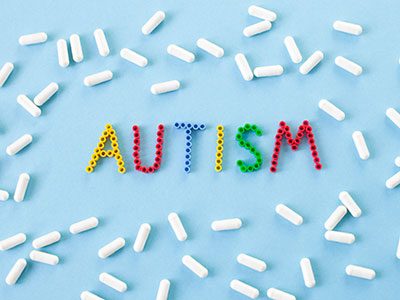





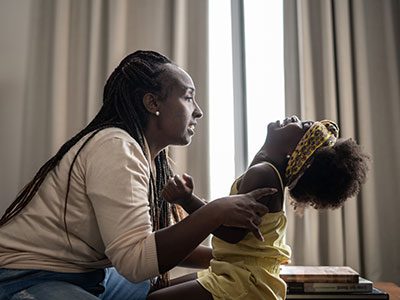




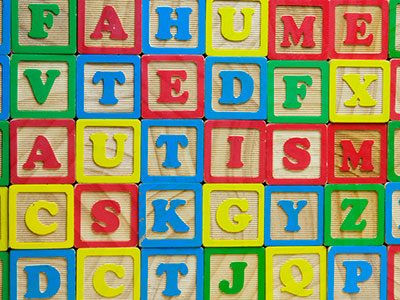

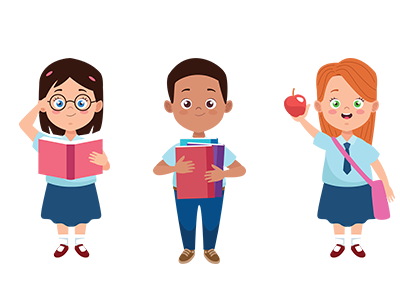



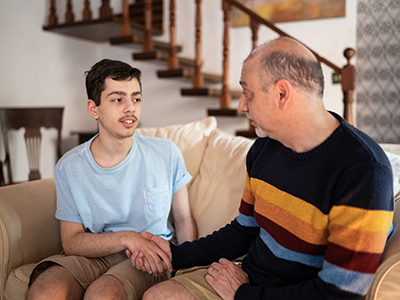
Leave a Comment
Want to join the discussion?Feel free to contribute!